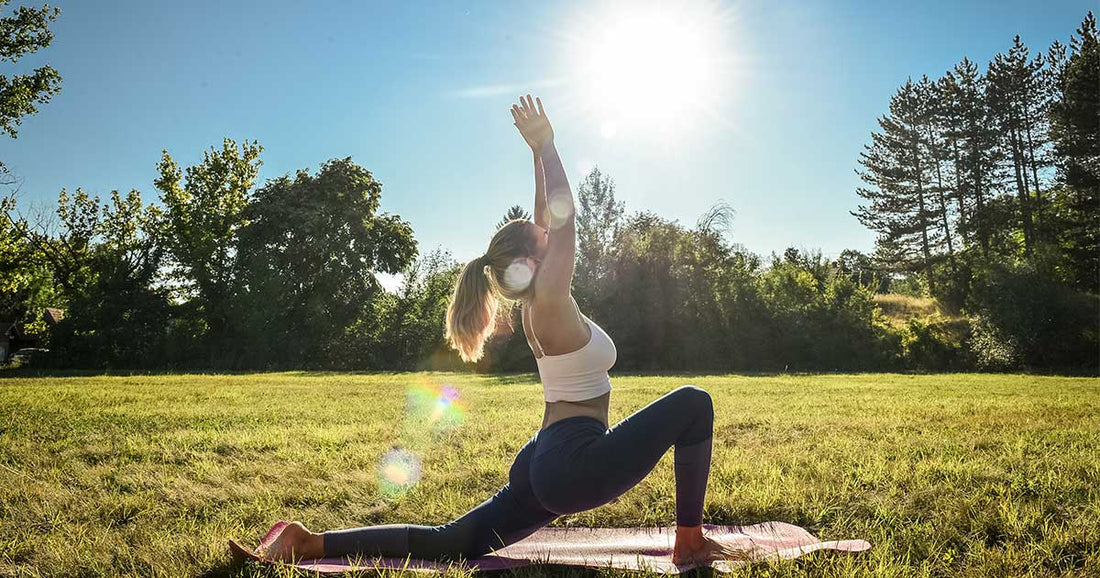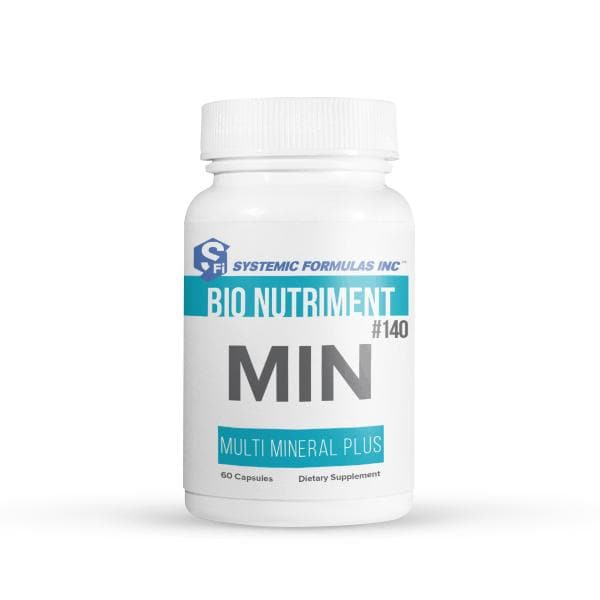Summer Exercise Tips

Share
Summer is finally here, so people will happily resume exercising outdoors. Going outside has many benefits, including fresh air and vitamin D, but care must be taken while exercising in the summer heat. In this article, we will discuss the dangers of heat exhaustion and heat stroke, the symptoms of each, and the top ways to protect yourself from these dangers.
Heat Stroke and Heat Exhaustion Defined
Heat stroke and heat exhaustion are two health-related illnesses:
Heat exhaustion
Heat exhaustion can occur when the body is exposed to high temperatures and starts to overheat. This typically occurs during times of high humidity and strenuous activity. Heat exhaustion can quickly escalate to heat stroke without prompt treatment.
Heatstroke
A condition caused by the body overheating, this typically occurs due to prolonged exposure to high temperatures or physical exertion in extreme heat. Untreated heatstroke could damage the muscles, kidneys, heart, and brain. Damage is magnified if treatment is delayed.
Heat Exhaustion and Heatstroke Symptoms
According to the CDC, extreme summer heat is increasing in the United States, with extreme heat expected to be more frequent and intense in the coming decades. While anyone can be at risk from exposure to extreme heat, the following individuals should take special precautions:
- Young children
- Pregnancy
- People with lung or heart conditions
- Outdoor workers
- Older adults
- Athletes
Here are the top symptoms of both heat exhaustion and heat stroke:
|
Heat Exhaustion Symptoms |
Heat Stroke Symptoms |
|
Heavy sweating |
Changes in sweating patterns |
|
Fatigue |
Altered behavior or mental state |
|
Dizziness |
High body temperature (103 degrees) |
|
Nausea |
Nausea and vomiting |
|
Headache |
Headache |
|
Cool, moist skin and goosebumps |
Flushed skin |
|
Weak, rapid pulse |
Racing heart rate, rapid breathing |
|
Low blood pressure when standing |
Convulsions |
|
Muscle cramps |
Loss of consciousness |
Consider the following about heat-related illness:
Signs and symptoms of heat exhaustion can develop suddenly or slowly over time. Dehydration can worsen symptoms due to the body’s inability to cool itself.[1]
An elevated temperature can affect many organs in the body, with the damage potentially being irreversible and may lead to death if untreated. The central nervous system is especially vulnerable to heat-related illnesses, especially if they are prolonged or excessive.[2]
While life-threatening, healthy organ function can return within days to weeks with immediate and proper care. However, a history of heatstroke is associated with an increased risk of various cardiovascular diseases, including heart disease and heart failure.[3]
Note: Take immediate action if experiencing any heat illness symptoms:
- Seek immediate medical attention
- Get the person indoors or into the shade
- Cool the victim with cool water, or place ice packs or cool, wet towels on the person’s neck, head, armpits, and groin
Check for extreme heat events in your area with the CDC Heat and Health Tracker.
Summer Exercise Tips
Here are a few ways to reduce your risk of suffering from heat-related illness this summer:
- Wait at least one hour to exercise outdoors after eating. Digesting food takes energy, which can also increase body heat.
- Protect the skin. The skin and corresponding tissues help move warm blood away from the core, which helps keep the body and vital organs cool. As a result, extra care must be given to protecting this vital organ. Wear a hat and loose, lightweight clothing that whisks away moisture and allows the skin to breathe. In addition, apply sunscreen when exercising or working in the heat.
- Drink water before, during, and after exercise. When exercising for an hour or less, water will typically suffice. For longer sessions in the heat, consume drinks with sodium and electrolytes. Aim for a half-liter to a liter for every hour of exercise in the heat. Avoid drinking too much water and overhydration, which could lead to health problems due to overconsumption.
- Avoid peak heat times. Avoid the extreme heat by exercising outdoors in the morning or evening when the temperature is slightly cooler. Another option is to exercise in the shade (if applicable).
- Decrease intensity. When exercising in extreme heat, blood moves to the heart and skin simultaneously to cool the body. This can put a strain on the cardiovascular system. Decreasing the duration and/or intensity of exercise in the heat can lower the stress on the body and help keep it cool.
- Change your workout routine. Another option is to change the workout altogether. Instead of doing high-intensity workouts, opt for lower-intensity or heat-friendly workouts. For example, runners may switch things up and go for a walk or swim in cool water. Instead of riding a bike, consider doing yoga.
Note: It can take several days to recover from heat related illnesses. Give your body a few days to recover before returning to the heat. Less intensity is also key.
Top Foods for Heat-Related Illnesses
The foods we eat can play a key role in dealing with heat related illnesses. Here are some of the top foods to eat as well as avoid.
|
Heat Exhaustion: Top Foods to Eat |
Heat Exhaustion: Top Foods to Avoid |
|
Cooling fruits: Melons Pears Pineapples Pomegranates Grapes Oranges Bananas Apples Blueberries Cranberries |
Warming spices: Garlic Paprika Cloves Nutmeg Ginger |
|
Cooling vegetables: Leafy greens Cooked beets Beans Peas Lettuce Kale Broccoli Cabbage Bok choy Cucumber Cauliflower Carrots |
Warming vegetables: Raw onion Green onion Mustard greens Raw beets |
|
Herbs: Mint Basil seeds Coriander Dill |
Fried foods |
|
Wild salmon |
Cured meats |
|
Gazpacho |
Caffeine and Alcohol |
Summer Exercise Supplements
Muscle cramps are a common sign of dehydration. Consuming electrolyte drinks is often suggested to help the body recover from dehydration and replenish minerals lost. Studies indicate electrolyte supplementation may help delay the onset of exercise-associated muscle cramps.[4] Here are a few of the top all-natural electrolyte replacement supplements:
MIN 
MIN is a powerful supplement that helps the body maintain its electrolyte balance, which is key for treating dehydration. It is also an excellent source of trace minerals with a unique chelation formula that maximizes assimilation and mineralization.
Electrolyte Concentrate E-lyte 
Electrolyte Concentrate E-lyte provides the three key electrolytes (potassium, magnesium, and sodium) needed to restore the electrolyte levels to the perfect pH balance.
This all-natural product contains no artificial sweeteners or sugars. Other key ingredients include purified water, phosphate, bicarbonate, sulfate, chloride, and potassium iodide as a preservative.
PerfectAmino® Electrolytes - Mixed Berry 
PerfectAmino® Electrolytes is not your typical electrolyte drink. It is a complete electrolyte supplement that provides the body with the hydration and protein-building boost needed to maintain athletic performance during workouts. It is also an excellent recovery drink.
This electrolyte supplement replaces potassium, salt, and other minerals lost when exercising and essential amino acids, which are the building blocks of protein. In addition to Mixed Berry, other flavors include Watermelon and Orange.
Summary
This summer, take precautions to avoid heat-related illnesses when exercising outdoors. The tips in this article are an excellent way to protect you and your loved ones from heat exhaustion and heat stroke.
References:
- Glen P Kenny, Thad E Wilson, Andreas D Flouris, (et al).Heat exhaustion.Handb Clin Neurol. 2018:157:505-529. doi: 10.1016/B978-0-444-64074-1.00031-8. [PMID: 30459023].https://pubmed.ncbi.nlm.nih.gov/30459023/
- Edward James Walter and Mike Carraretto. The neurological and cognitive consequences of hyperthermia. Crit Care. 2016; 20: 199. Published online 2016 Jul 14. doi: 10.1186/s13054-016-1376-4. [ PMID: 27411704].
- Farirai P Nzvere, Ezza Tariq, Katukuri Nishanth, (et al). Long-Term Cardiovascular Diseases of Heatstroke: A Delayed Pathophysiology Outcome. Cureus. 2020 Aug; 12(8): e9595. Published online 2020 Aug 6. doi: 10.7759/cureus.9595. [PMID: 32789098]. https://www.ncbi.nlm.nih.gov/pmc/articles/PMC7416985/
- Alan P Jung, Phillip A Bishop, Ali Al-Nawwas, (et al). Influence of Hydration and Electrolyte Supplementation on Incidence and Time to Onset of Exercise-Associated Muscle Cramps. J Athl Train. 2005 Apr-Jun; 40(2): 71–75. [PMID: 15970952]. https://www.ncbi.nlm.nih.gov/pmc/articles/PMC1150229/
